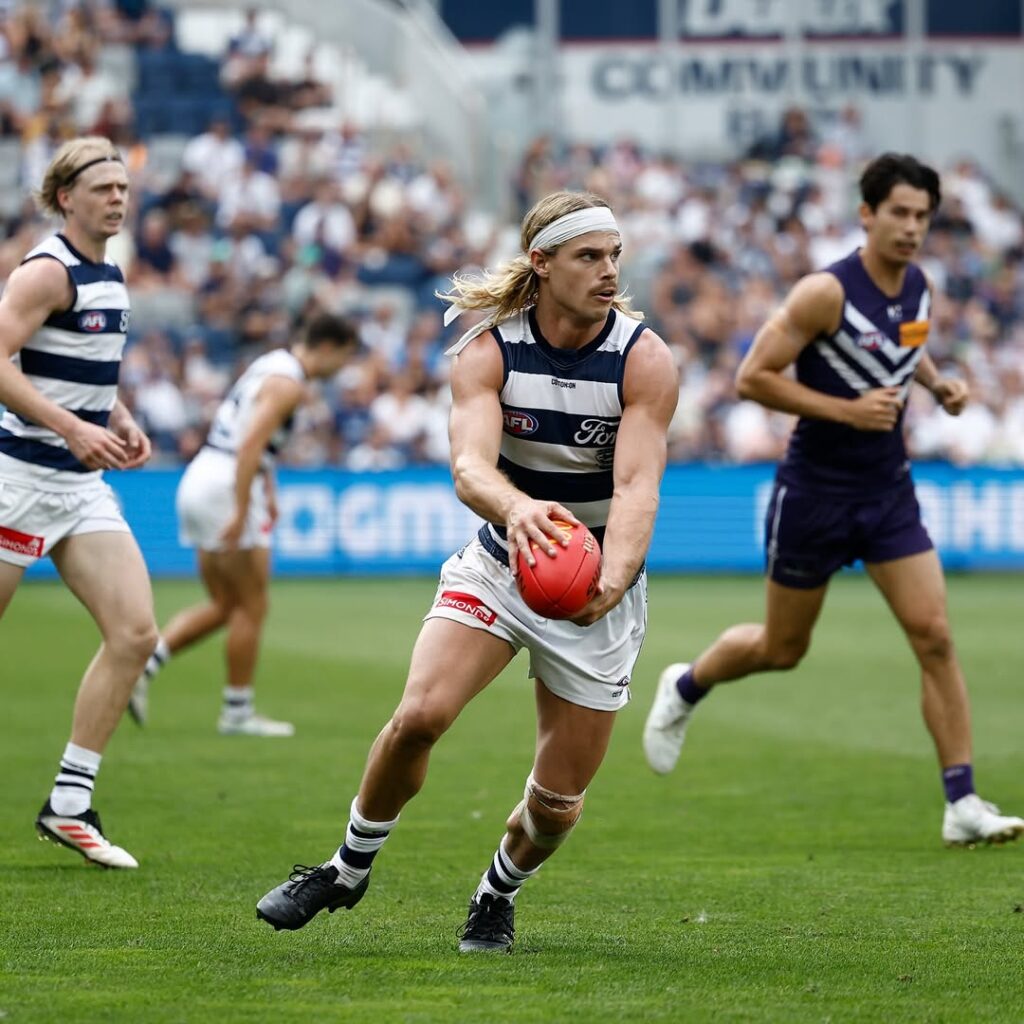BUILDING MUSCLE MAY be at the top of most of our gym goals, but adjusting training to affect the way in which our muscles grow is a finer detail that could potentially come down to our rep ranges and range of motion, according to recent studies.
Something called ‘regional hypertrophy’ refers to growing the muscle at different points, and it’s an area of study that researchers have focused on in a recent piece of research – particularly by adjusting training to include high reps with low loads and low reps with high loads.
The study
A new study published in the Scandinavian Journal of Medicine & Science in Sports, aimed to compare the effects of a nine-week resistance training program with either high load and low reps to low load and high reps, combined with bloodflow restriction on muscle hypertrophy. It also aimed to determine how the distribution of muscle hypertrophy among hamstring heads occurred.
The methods
The research included:
- A total of 45 participants. Participants were engaged in general physical activity but were not currently performing hamstring-specific resistance training.
- Participants were randomly allocated to one of three groups: high load (HL), low load and blood flow restriction (LL-BFR) and a control group (CON).
- Both HL and LL-BFR performed a 9-week resistance training programme composed 3 sessions a week training two alternating sessions: stiff-leg deadlifts and front squats or seated leg curls and seated leg extensions.
- HL group: performed exercises at 12-rep max, progressively increasing intensity.
- LL-BFR group: performed exercises at 30-rep max with arterial occlusion pressure applied to the thighs. This method is designed to simulate high-load training effects while using lighter weights.
- Control group: continued normal physical activity without additional resistance training.
- The muscles were analysed by freehand 3D ultrasound to assess the changes in muscle and tendon volume.
The results
Firstly, the muscle part abbreviations mentioned in the study refer to:
- BF: Biceps femoris long head
- ST: Semitendinosus
- SM: Semimembranosus
Muscle growth
- High-load training: Significant increase in ST volume. No significant change in SM compared to controls.
- Low-load blood flow restriction training: significant increase in SM volume. No significant change in ST or BF compared to controls.
- Control group: no meaningful changes in muscle volume were observed.
- Individual variability: large differences were observed between participants. Some individuals had greater hypertrophy in ST, SM, or BF, while others had balanced growth across all three.
Strength Gain
- The high-load group improved knee flexor strength.
- The low-load blood flow restriction training group had a smaller, non-significant increase in strength.
- The control group saw no strength improvements.
Tendon hypertrophy
- No significant changes in ST tendon volume in any group.
The conclusion
The researchers concluded: ‘These results provide evidence that the high-load program induced a selective hypertrophy of the semitendinosus while low-load and blood flow restriction induced hypertrophy of semimembranosus.’
However, they continued to note that the magnitude of the selective hypertrophy observed within each group varied greatly between individuals. This suggests that it is very difficult to determine the location of the hypertrophy in a muscle group.

What does this mean for us?
While the area of study is gaining momentum in strength and conditioning research, we should interpret the findings with caution due to several limitations:
- Firstly, there was significant variability in how participants responded to the training, with some showing more muscle growth in certain areas than others.
- Secondly, the method used to measure muscle and tendon volume may have missed small or specific changes.
- It’s also unclear whether the effects were due to blood flow restriction, differences in rep ranges, or load variations.
- The nine-week training period may have been too short to detect significant changes in tendon size.
- The study didn’t measure how each muscle worked during exercise, which could explain these differences.
- Finally, the small sample size and participant dropouts may limit how well these results apply to a broader population.
However, this doesn’t render the study useless. Further studies have found that regional hypertrophy can be affected by various factors. For example, previous research, compared eccentric-only strength training and concentric-only strength training and examined how they can affect regional hypertrophy. It found that with eccentric-only strength training there was more muscle growth in the distal part of the muscle, while concentric-only strength training lead to greater growth in the middle part of the muscle.
Another study found that using a full range of motion may enhance muscle activation across the entire muscle length, potentially promoting balanced muscle growth. So, it’s important to focus on a full range of motion in your training. As a rule of thumb, for hypertrophy it’s also best to focus on:
- Working close to failure at the end of your sets (5-0 reps short).
- While research supports that hypertrophy can occur anywhere between 5-30 reps, aiming for 8-15 reps per set is ideal.
- Sticking consistently to a programme that utilises progressive overload.
This article originally appeared on Men’s Health UK.
Related:
Try hypertrophy snacks for muscle gains in minutes
Research has unveiled how many sets you need to do to build muscle















